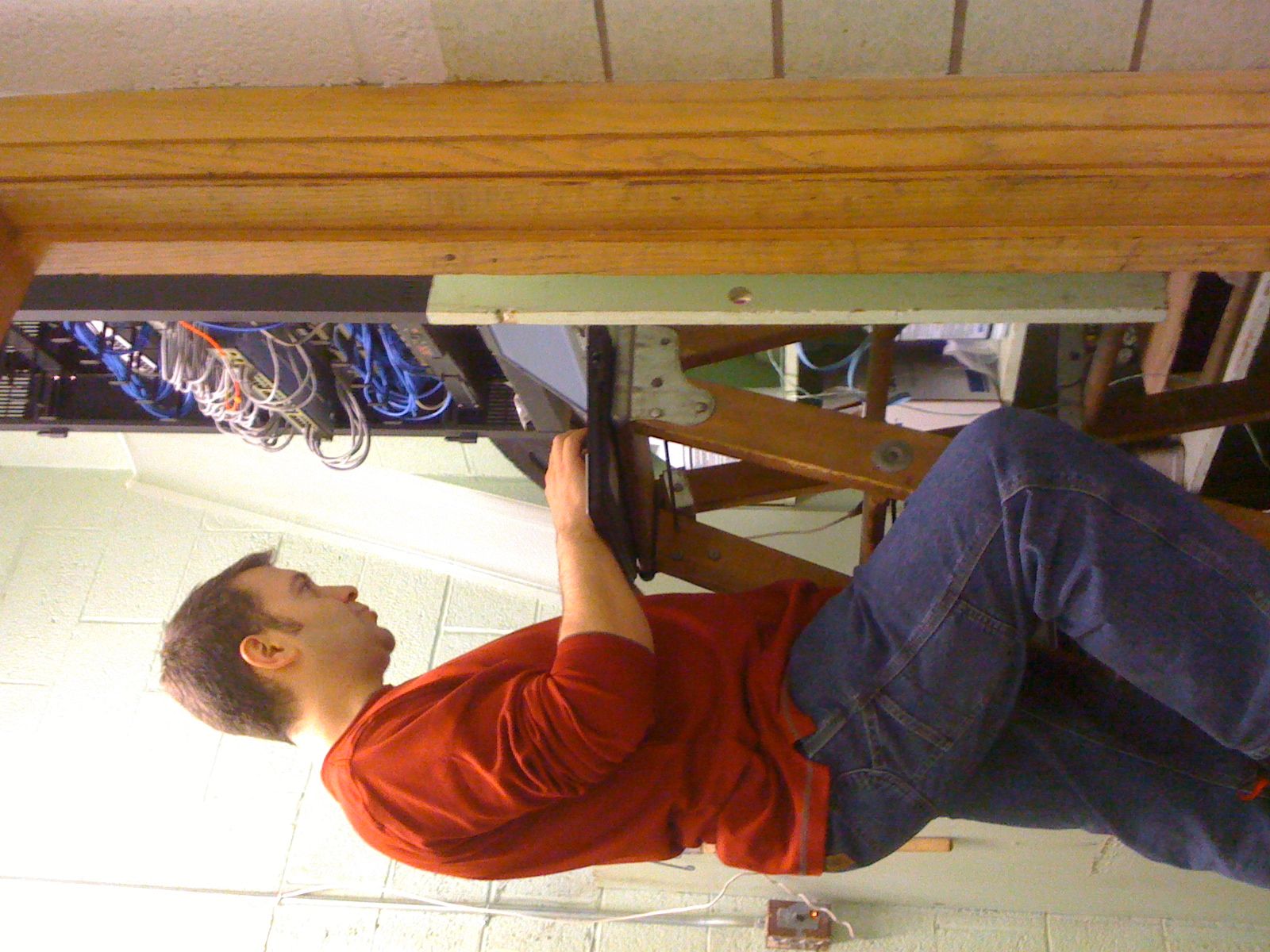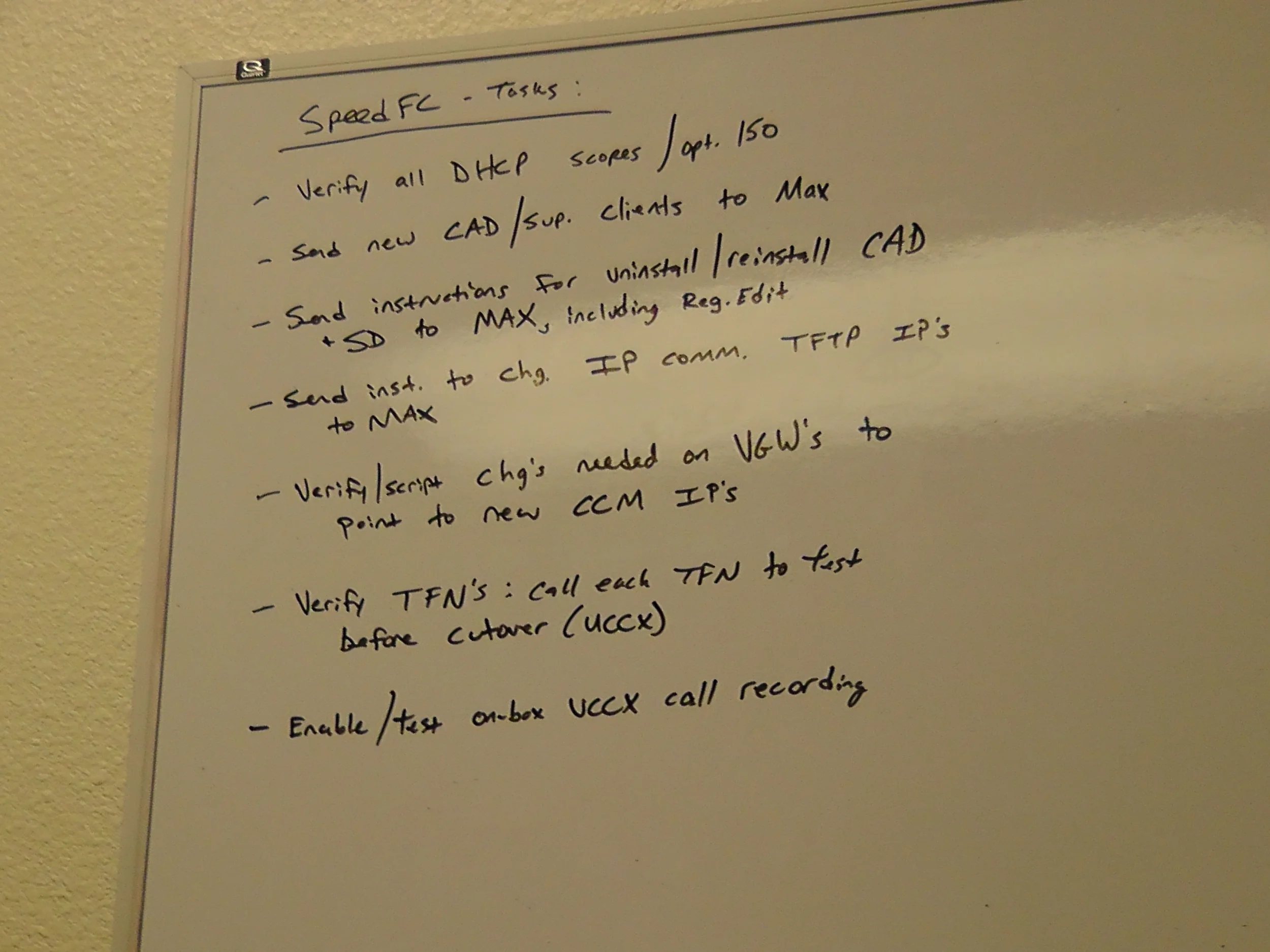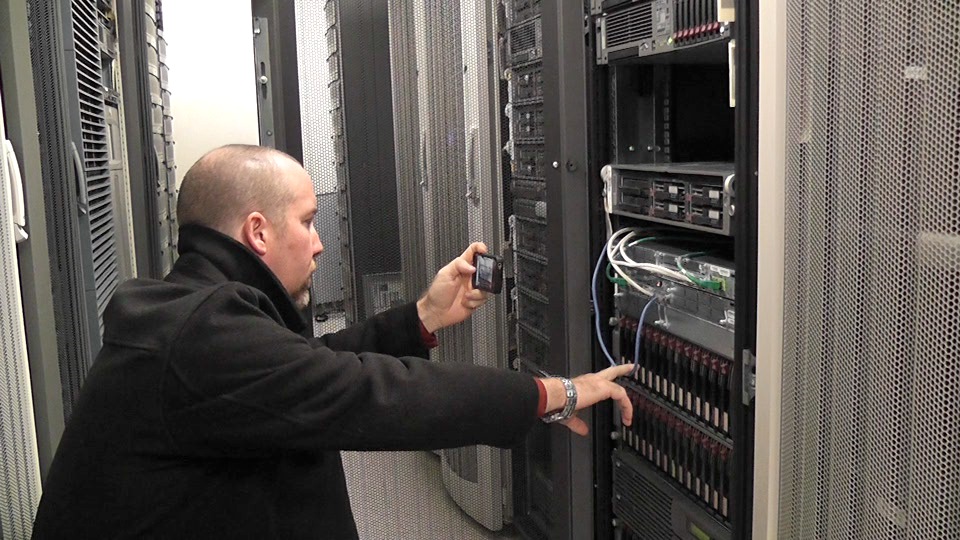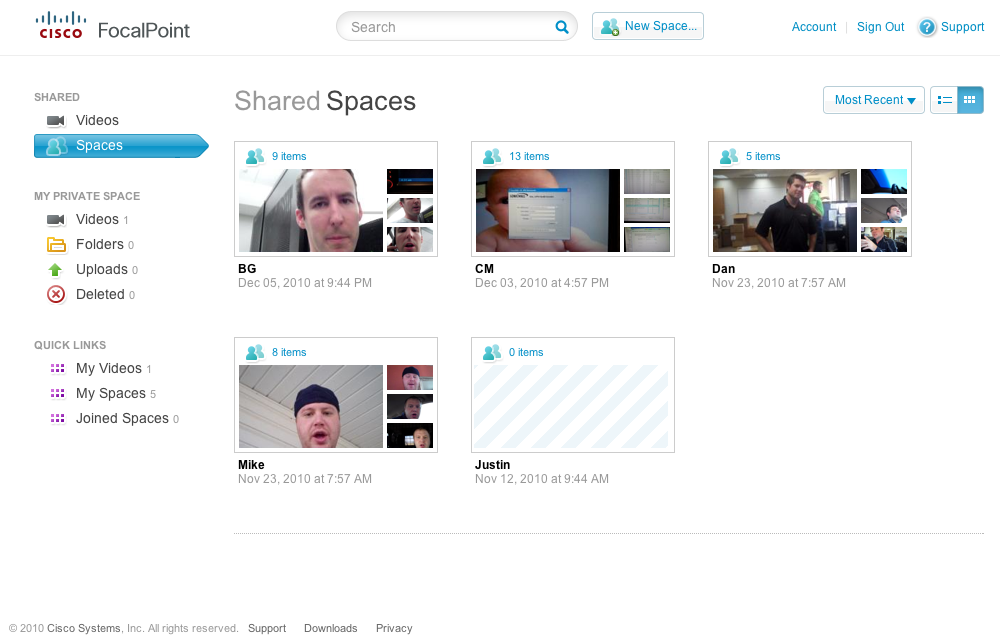Informing Mobile Strategy With An In-Depth Ethnographic Approach
Cisco's technical support organization wanted to expand its award-winning operations onto mobile devices. I was asked to learn what kind of technical support information Cisco's partner engineers need beyond the desktop and how they use mobile phones in the course of their work. It was also my goal to bring the experience of being in the field with partner engineers back to the product managers and developers on my Cisco team in order to break them out of their bubbles.
Approach
A diagram of the data gathering phase of the project.
I adopted an in-depth ethnographic approach to understanding partners' mobile phone use and key technical support tasks. This meant spending four weeks in the field observing nine partner engineers in the course of their work. Additionally, I used semi-structured interviews to go in-depth with the engineers on the things I observed in the field and on their attitudes toward mobile phones and mobile data.
I also employed an innovative video diary technique with the engineers. I gave each one a Flip MinoPRO camera and asked him to make video diary entries about his experiences for a week after my observation. This exercise proved very successful. I received numerous entries filled with mobile phone use, on-the-job tasks, and attitude information. With this innovative technique I was able to effectively, and inexpensively, extend my time in the field with each participant.
After collecting all of this observation, interview, and diary data, I transcribed and organized as needed. Then I coded and analyzed it for patterns, themes, and trends.
Impact
I presented my findings from this research to key mobile stakeholders on Cisco's technical support website team. A slide deck illustrated the key tasks and challenges that partner engineers face, as well as the common ways in which they use their mobile phones. Short video clips illustrated many salient points. I also provided design recommendations for mobile applications.
A screenshot of the interactive partner relationship map.
My report was accompanied by an interactive partner relationship map that I created and made available to the organization online. This map situates the partner engineer in the network of those he interacts with. Clicking on a link to another person reveals a description of the engineer's relationship with that person and its implications for Cisco and mobile design.
My original research directly informed the design and development of a mobile technical support offering from Cisco. Moreover, it helped to prioritize requirements in concert with customer and internal data gathered elsewhere.
Notably, my research was the first of its kind to be conducted by any user experience team working on mobile in the support, marketing, or IT organizations at Cisco. As a result, it became foundational to a cross-team understanding of mobile phone use.
Finally, thanks to the breadth and depth of my approach, findings from this research also had an impact outside the mobile space. As a result of my work, Cisco considered additional changes to its documentation and Support Community.
Moments From The Field






